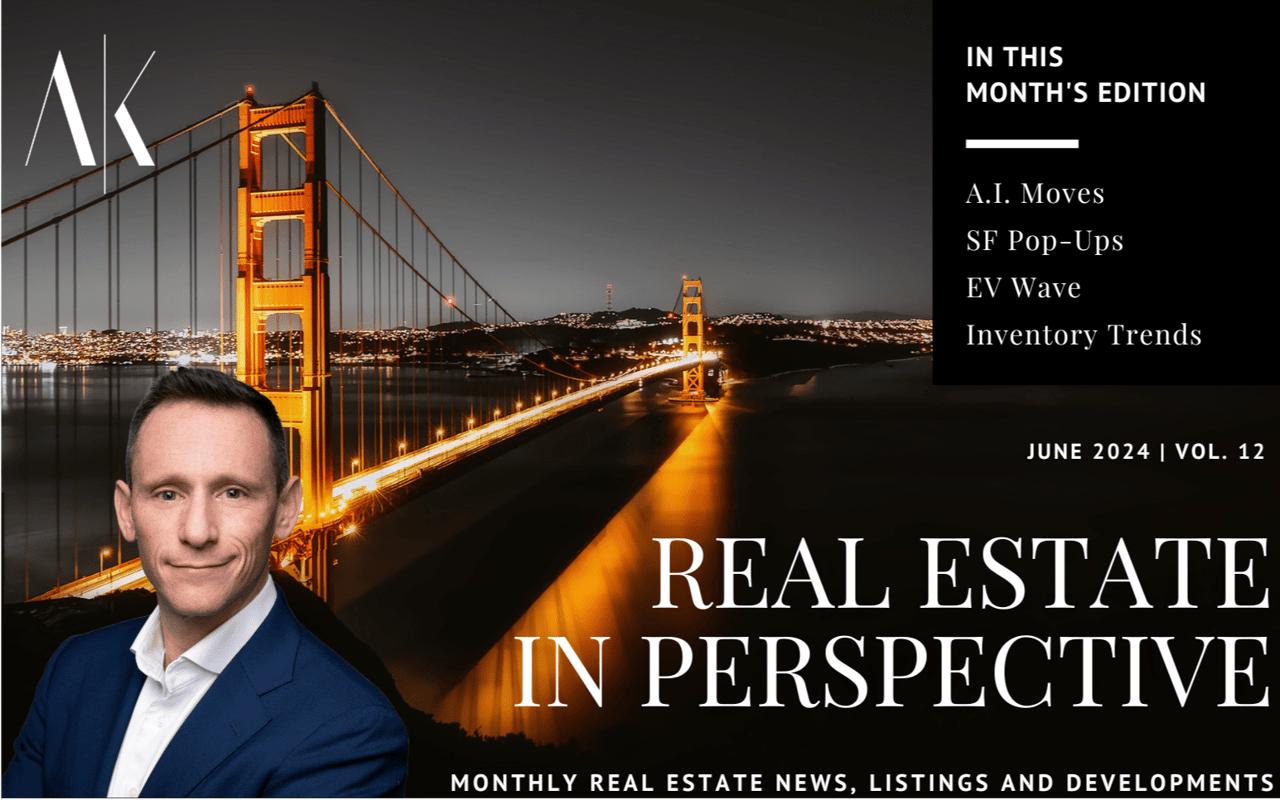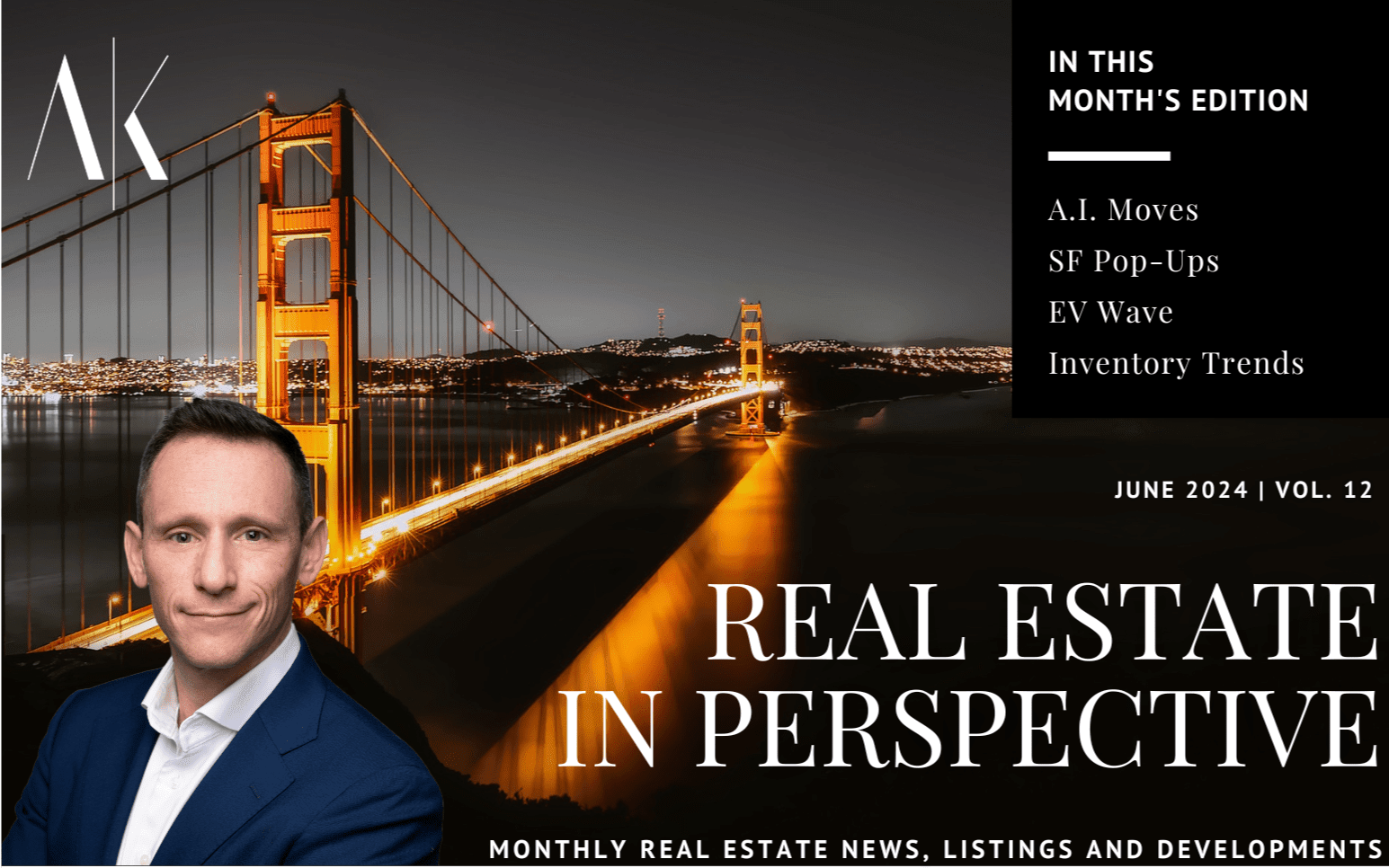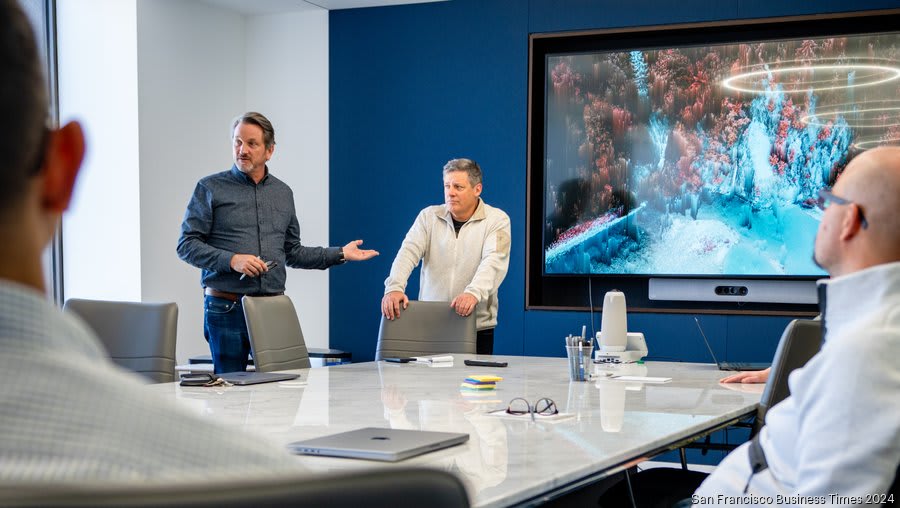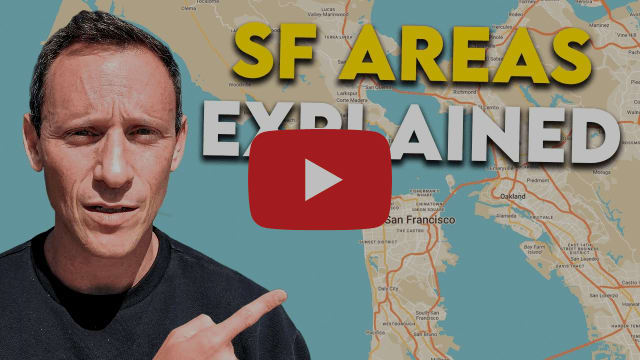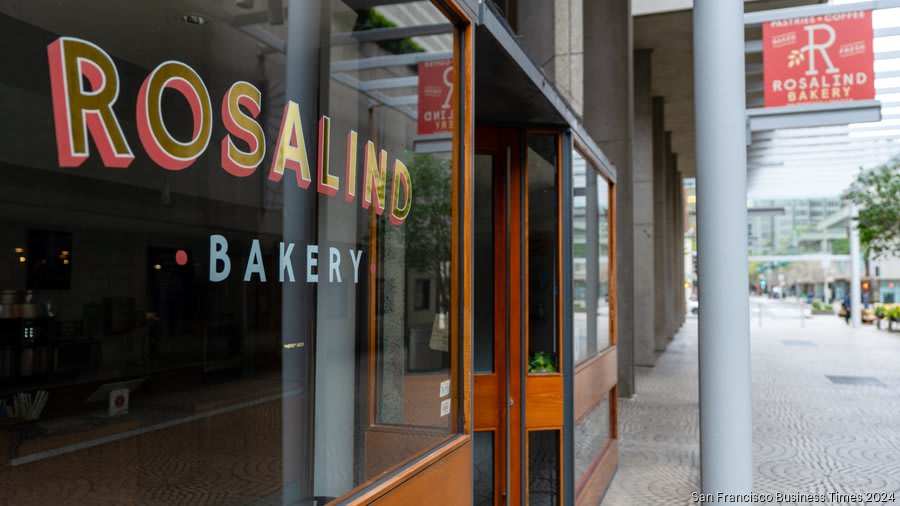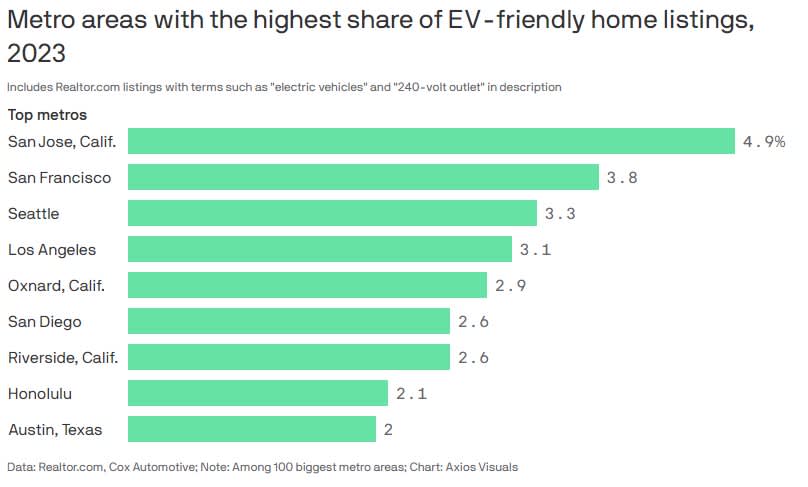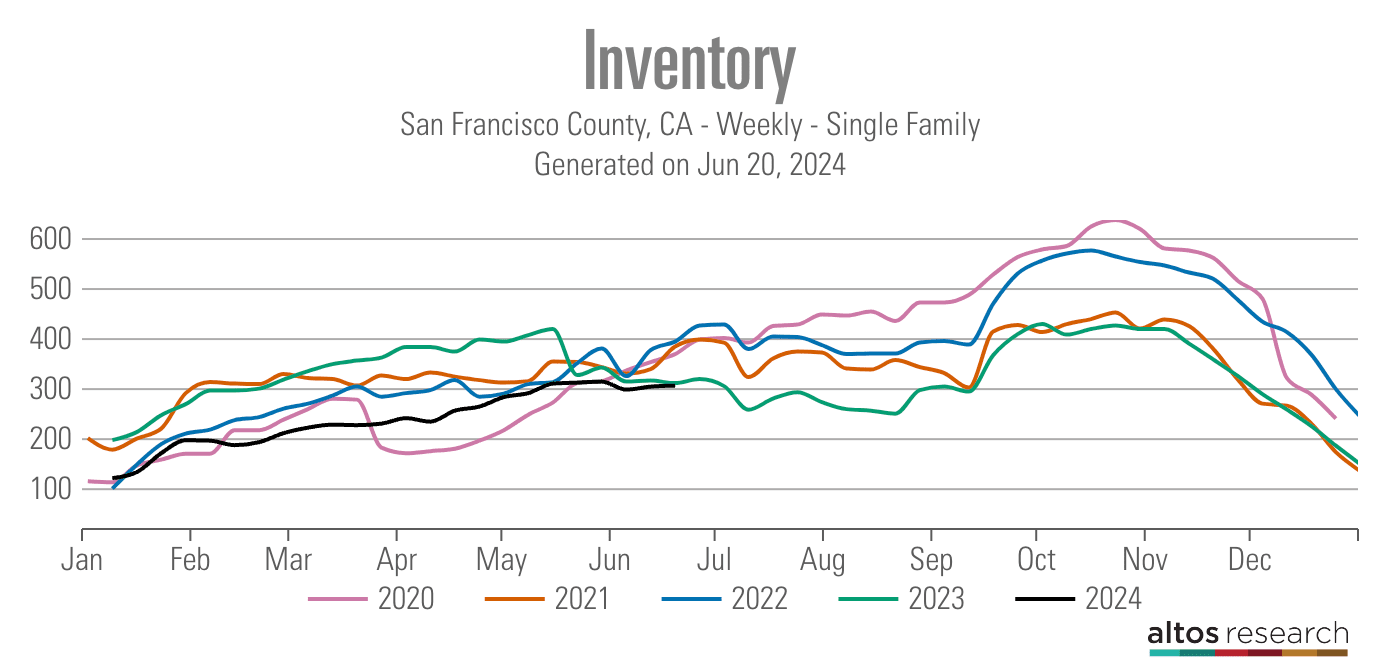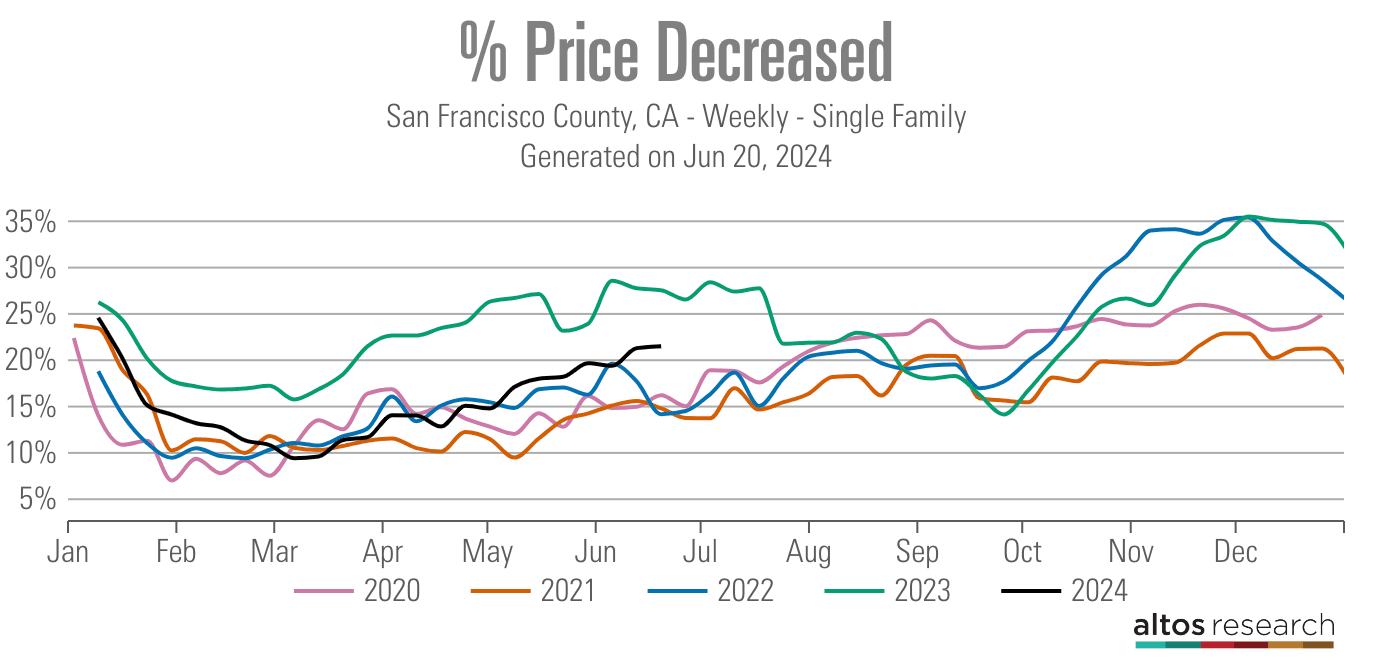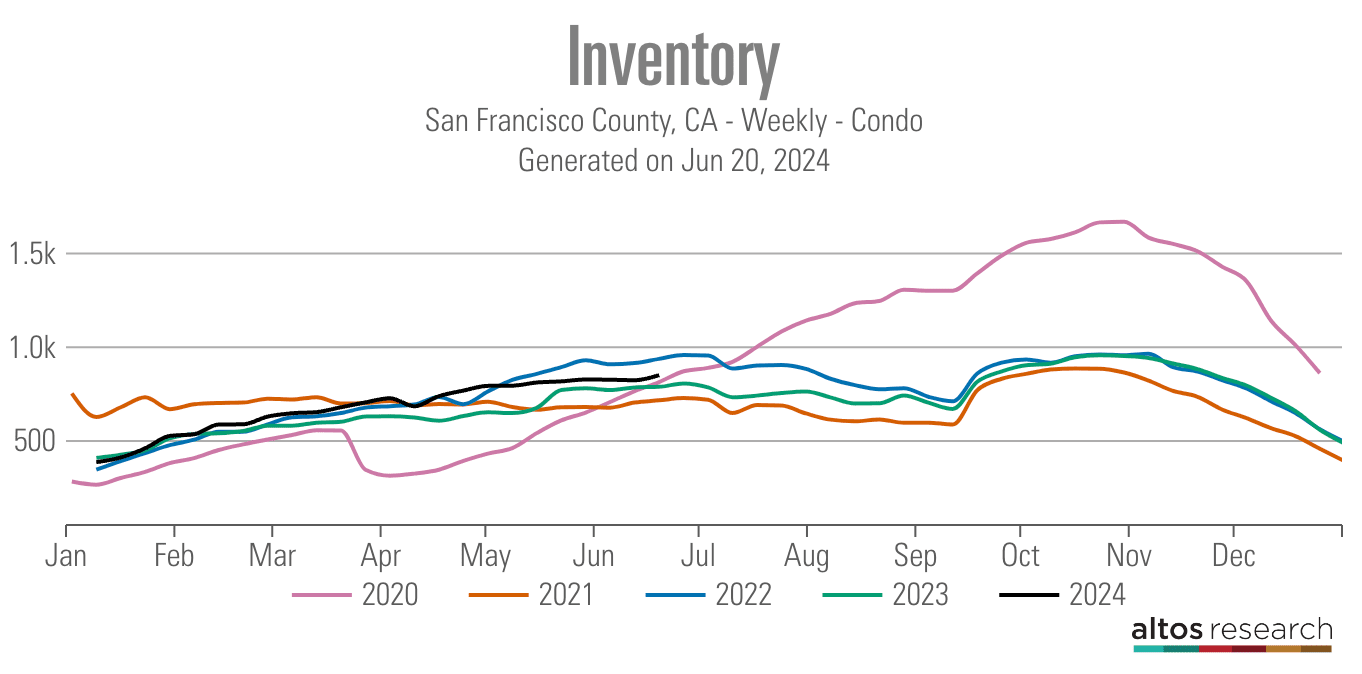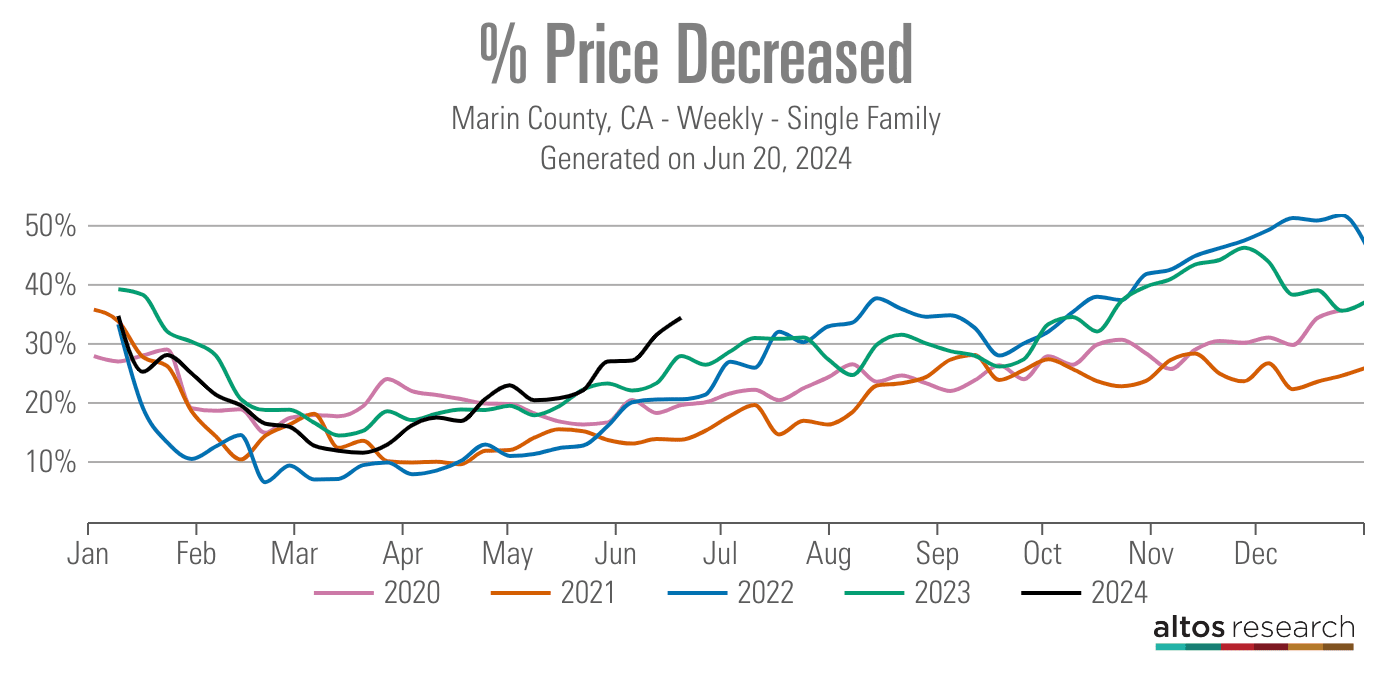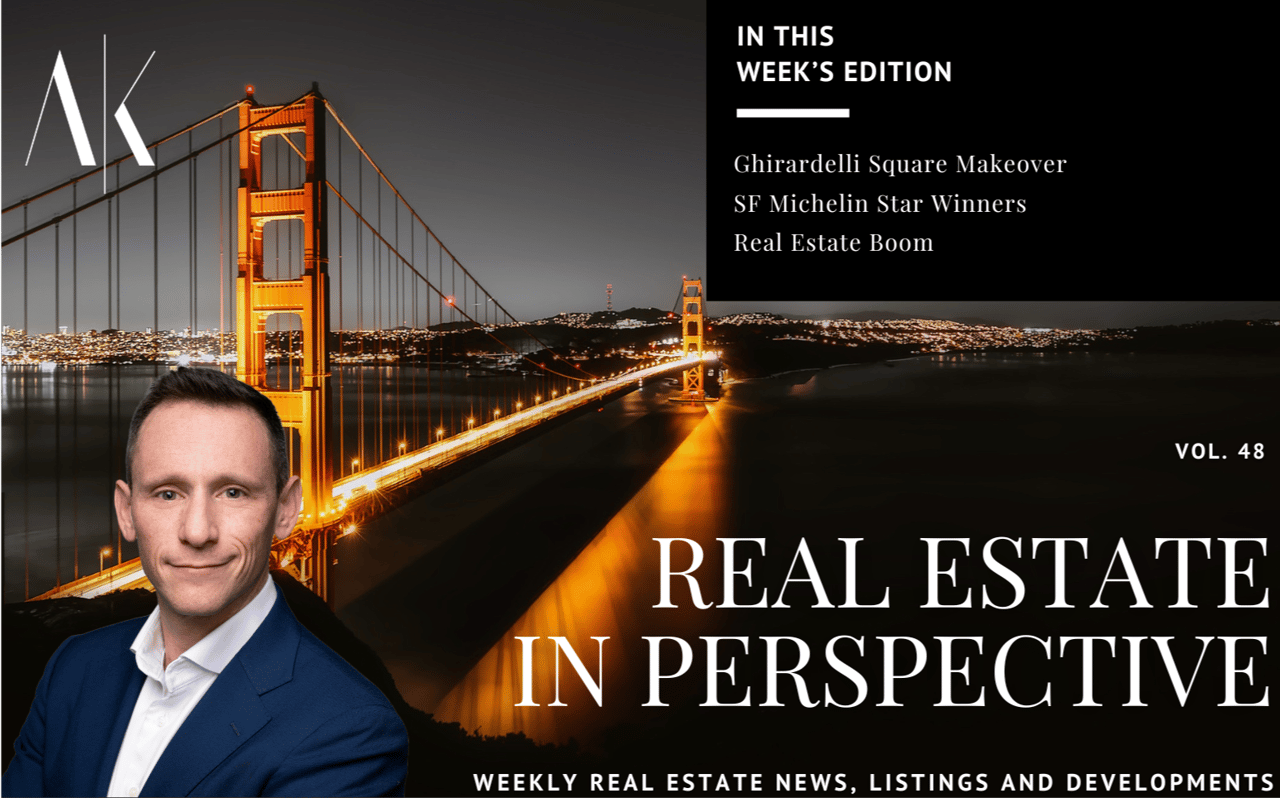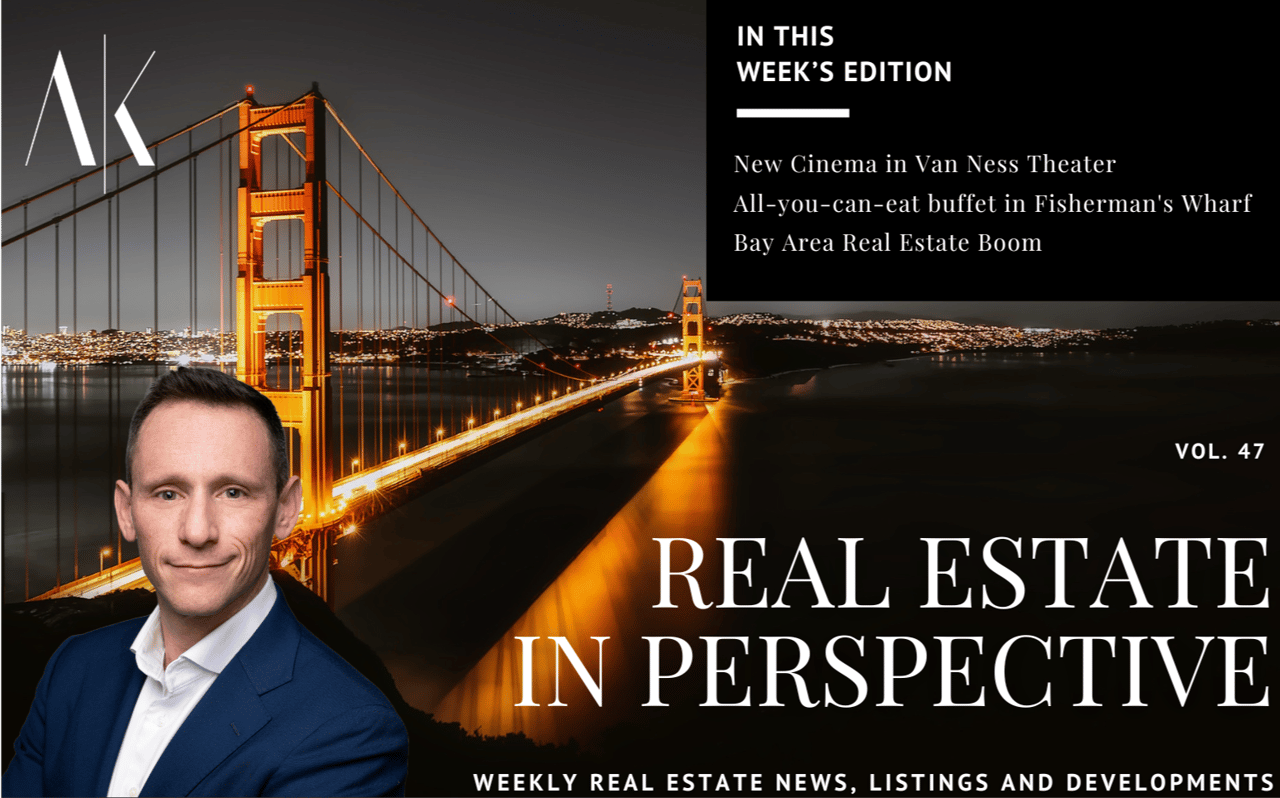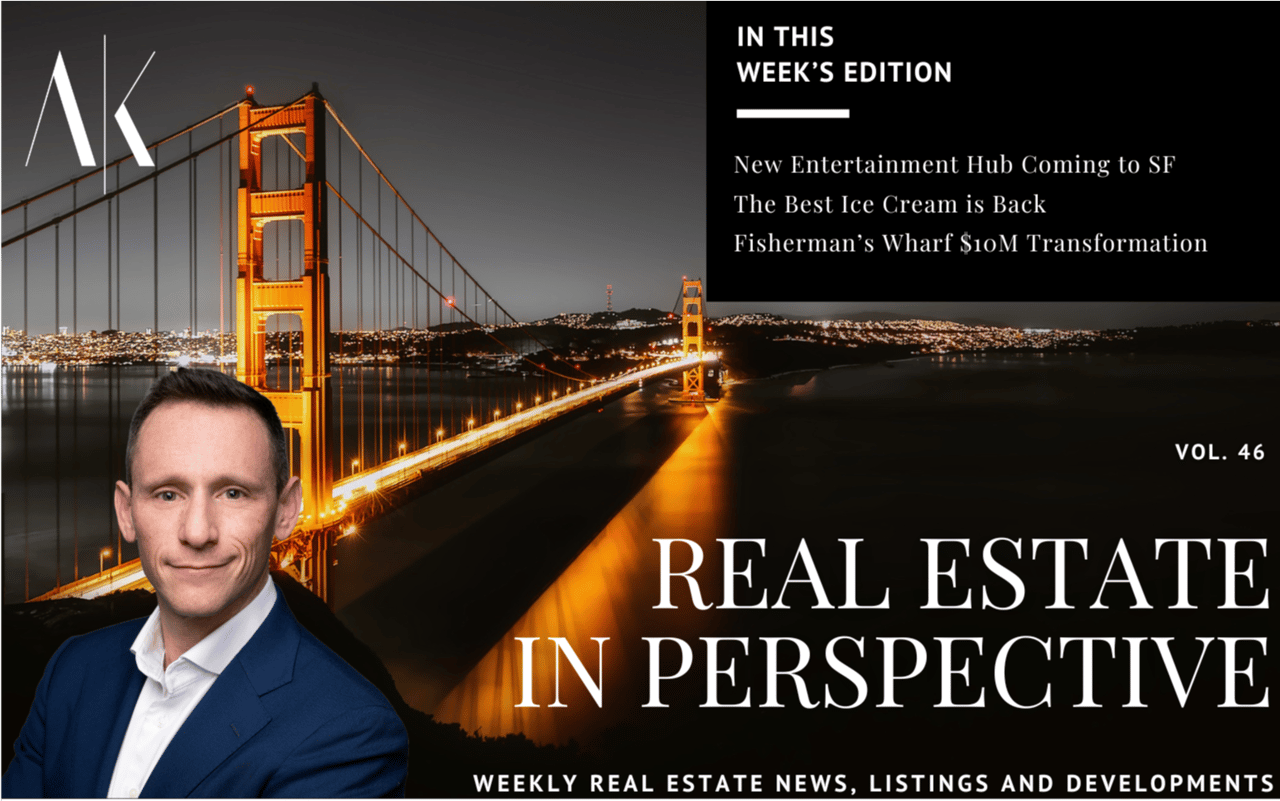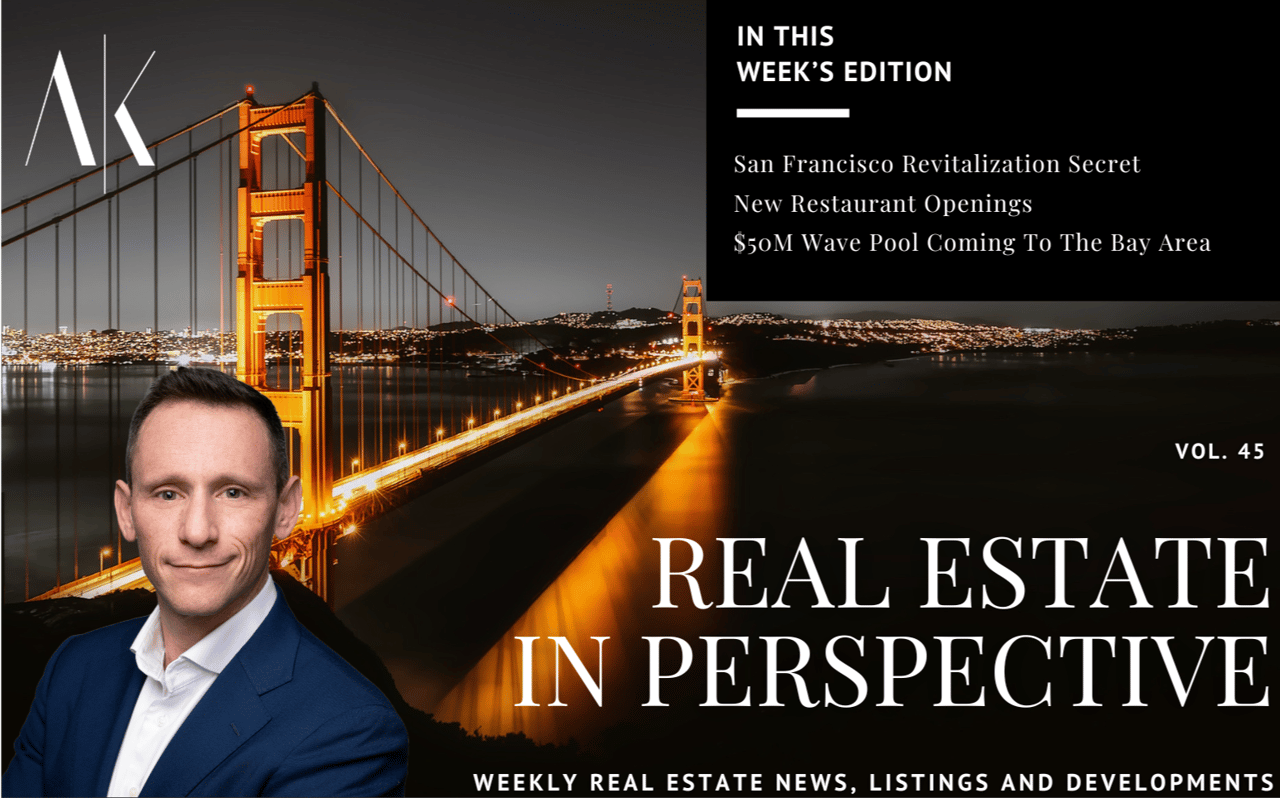🏙️ Can AI Save Downtown San Francisco?
-
AI startups in San Francisco received about one-fourth of global venture capital in 2023.
-
Nearly 100 locations in the city are now AI hubs, collectively occupying 4 million square feet, expected to triple by 2030.
-
Companies like Mechanical Orchard and Notion Labs are expanding rapidly, driving demand for premium office space. Notion Labs is looking to double its office space to 100,000 square feet.
-
AI firms, including OpenAI, Anthropic, and Scale AI, have secured major office spaces, boosting the local economy. Anthropic's lease is 13 times the size of its previous office.
Want to know more about what’s happening with AI in SF?
➡️ ➡️ ➡️ Watch my video on YouTube ⬅️ ⬅️ ⬅️
🎥 Where to live in SF? San Francisco Neighborhoods Explained
neighborhood for you.
🏬 San Francisco Pop-Ups Go From Vacant to Vibrant to Permanent
Details:
- New tenants: Devil’s Teeth Baking Co., Rosalind Bakery, Whackdonuts!, and Teranga are among the businesses extending their stay
- Additional leases: Plant’d, Embarc Wines, and Basil the Bold, initially part of Boston Properties’ internal pop-up program, also signed longer leases.
- Total space: The seven businesses will occupy over 7,700 square feet at Embarcadero Center.
The big picture: San Francisco's downtown has struggled with high vacancies since the pandemic. Programs like Vacant to Vibrant are essential for stimulating economic activity and bringing life back to the city’s commercial districts, and signal increasing confidence in post-pandemic recovery.
Between the lines: The continuation of Vacant to Vibrant and the success of its participants suggest a sustainable model for urban revitalization.
The integration of diverse businesses, from bakeries to vegan donut shops, enhances the community’s vibrancy.
What’s next: Eleven new businesses will join the second cohort of Vacant to Vibrant this summer, setting up shop in the East Cut, Financial District, and Yerba Buena neighborhood.
The bottom line: The renewal of leases at Embarcadero Center shows the potential for small businesses to thrive in downtown San Francisco, contributing to the area’s recovery and long-term vitality.
🔋 Bay Area Leads Country in EV-friendly Home Listings
Details:
- San Francisco is second only to San Jose in EV-friendly home listings, with 3.8% of homes featuring EV chargers.
- Nationwide, 0.9% of homes listed in 2023 were described as EV-friendly, a significant increase from 0.1% five years earlier.
- EVs comprised 37% of all new vehicle sales in San Francisco last year.
PG&E offers a $500 charger and up to $2,000 in incentives for electrical upgrades through its Empower EV program. Additionally, $700 rebates are available for eligible households.
Why it matters: Homes with EV chargers are likely to attract more buyers as California pushes for zero-emission vehicles by 2035. Convenient home chargers can enhance property appeal in a market increasingly dominated by electric cars.
Between the lines: While home chargers can make properties more appealing, they don’t necessarily guarantee higher resale values.
However, they do expand the pool of potential buyers, increasing marketability.
What’s next: San Francisco officials are developing a curbside EV charging project to meet the goal of 25% electric vehicle registrations by 2030. This initiative seeks to address infrastructure challenges and encourage wider EV adoption.
The bottom line: The increasing number of home EV chargers in San Francisco is a significant move toward the city’s zero-emissions goal.
As more buyers look for EV-friendly homes, the real estate market is expected to experience changes in property values and demand.
📊 Local Market Trends
The proportion of homes in San Francisco reducing prices also remains within the range seen over the past several years, indicating sufficient demand at current prices and current interest rates to prevent significant price movement in either direction. However, Marin county is starting to experience price cuts at levels not seen at this time in the past several years. This is a potential sign of weakening demand at current price points and interest rates. I’ll continue to monitor weekly trends and keep you updated.
